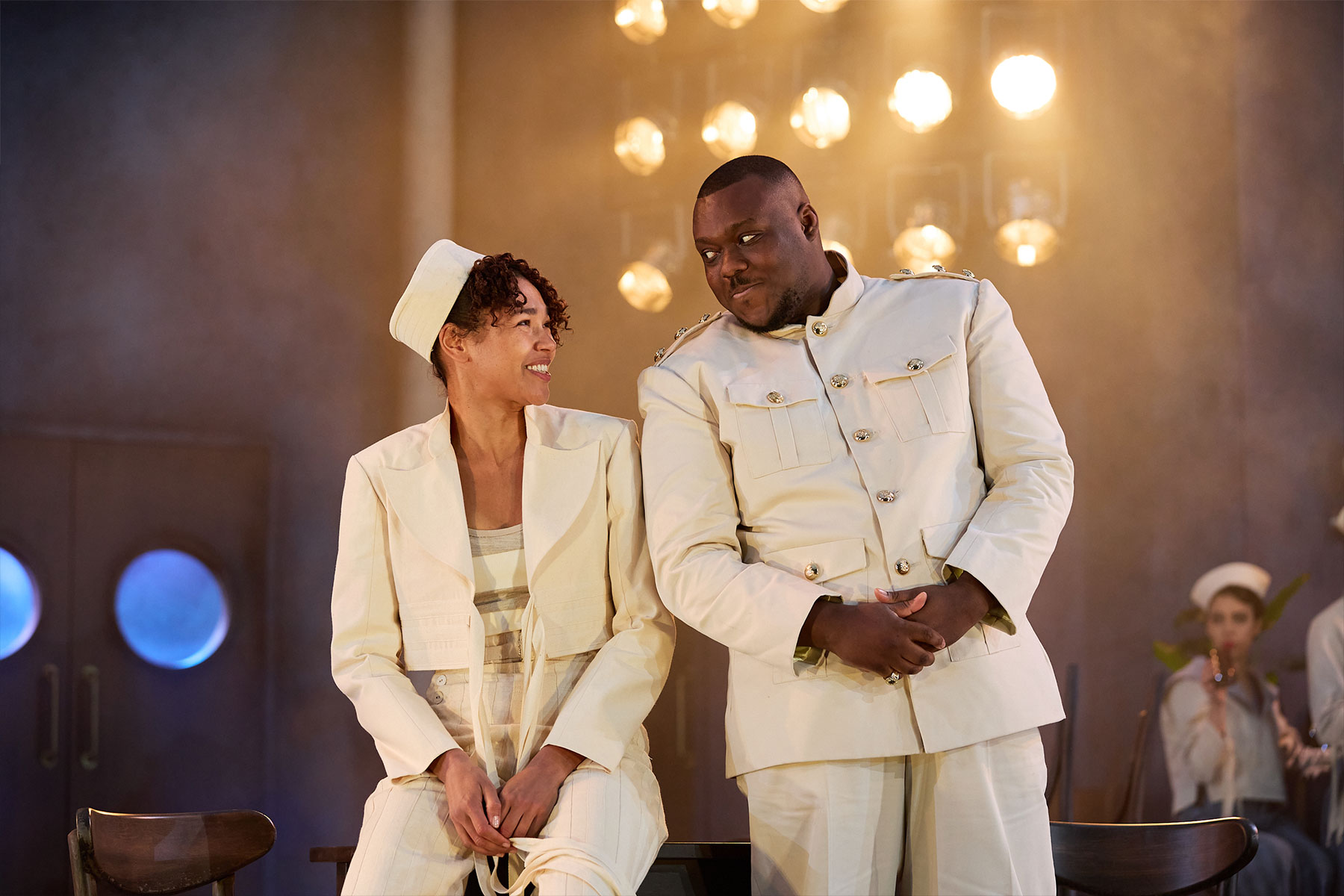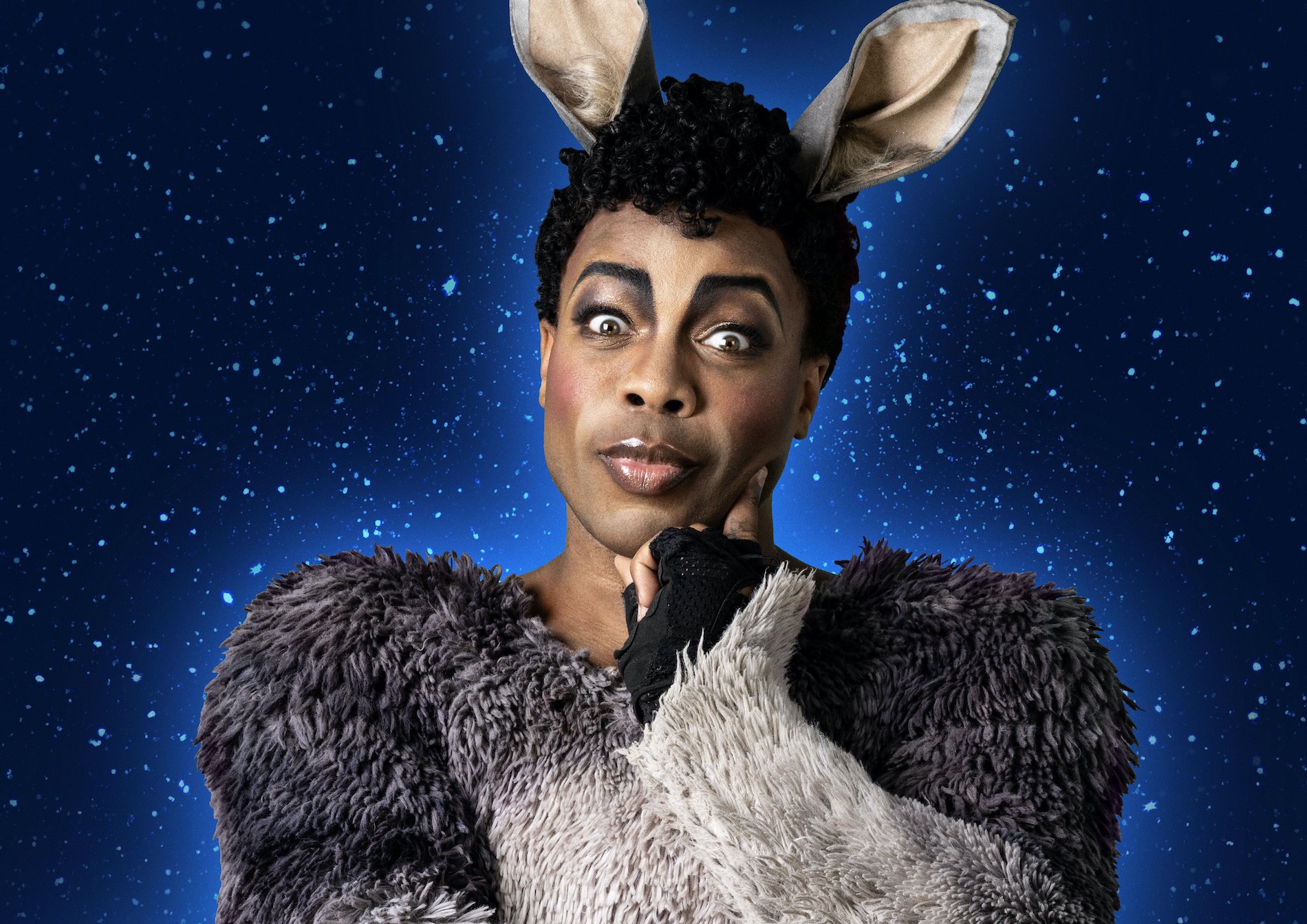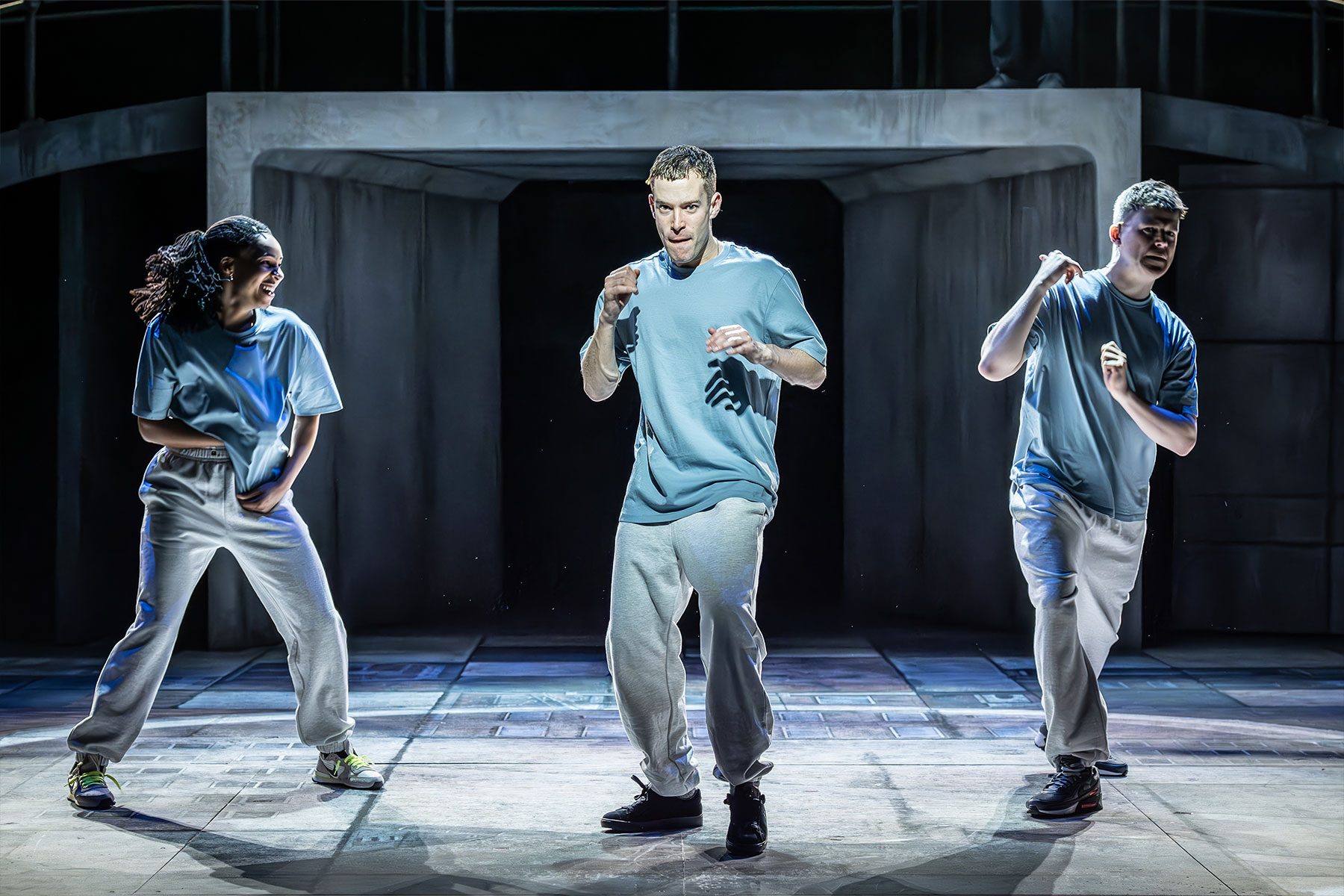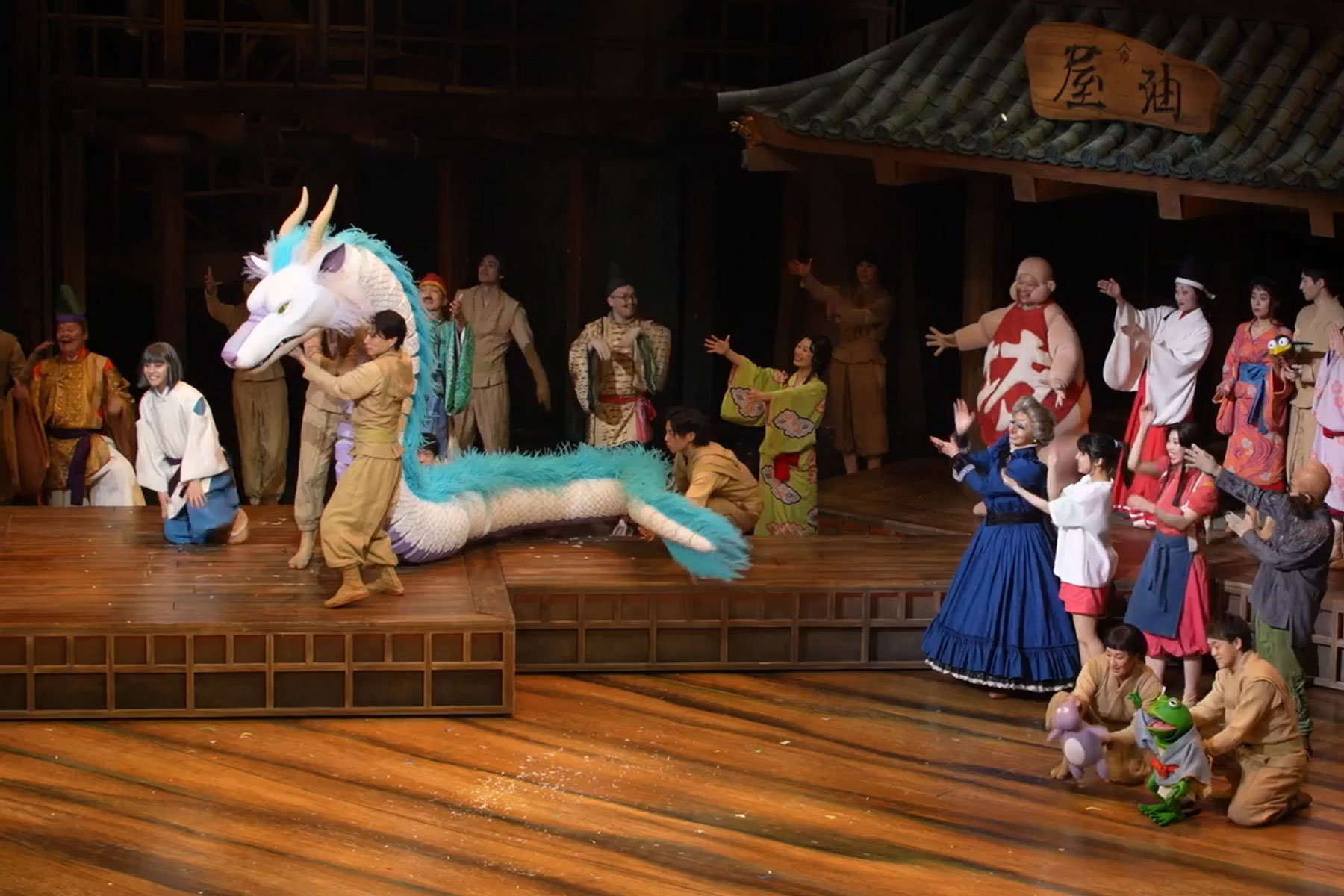Theatre Goes to the New Year Movies With Fiennes, Mulligan, Redgrave & Branagh
The acting in the central scenes between Rachel Weisz as Hester Collyer, Simon Russell Beale as Sir William and Tom Hiddleston as Freddie Page is fine, but all three are curiously miscast, and while Hiddleston, for instance, is refreshingly different from Kenneth More in the 1955 film, his demeanour and temper are totally incongruous with both role and Davies’ insistence on period.
Worst of all, though, is Davies’s terrible and trivial re-writing of the play. His invented scenes include a stuttering tea-time encounter with Sir William’s mother (Barbara Jefford) and a visit by Hester and Freddie to a museum; in the latter, Freddie storms off mid-argument to look at the Impressionists. Later on, Hester asks him why he did so. He replies, “I’m only in it for the Monet.” Unforgiveable.
Most remarkable of all the recent “theatrical” films is Ralph Fiennes’s debut movie as a director, an uncompromising and brutal version of Shakespeare’s Coriolanus, in which he plays the lead and coaxes notably fine performances from Vanessa Redgrave as Volumnia, Brian Cox as Menenius, Gerard Butler as Aufidius and Whatsonstage.com favourite Paul Jesson as one of the tribunes.
Most of the great speeches are nearly intact in John (Red) Logan’s script, and the narrative is pursued with pulsating clarity and a contemporary, media savvy “opening out” that owes as much to that awesome Dutch conflation of the Roman Tragedies that visited the Barbican in November 2009 as it does to Fiennes’s own great stage version directed for the Almeida by Jonathan Kent a decade ago.
Suitably enough, that Almeida Coriolanus was presented at the Gainsborough Studios (now luxury flats) in Hackney, where Alfred Hitchcock made several films. A couple of years later Fiennes appeared as Carl Jung in Christopher Hampton‘s The Talking Cure at the National, a play now translated into film by David Cronenberg under the disastrously boring title of A Dangerous Method.
The film, like the play, charts the falling out between Sigmund Freud (Viggo Mortensen) and Jung (Michael Fassbender) over the latter’s treatment of, and affair with, Sabina Spielrein, played by Keira Knightley.
Keira remains controversial to me. When she doesn’t “act,” as it were, as she didn’t, quite successfully, in The Children’s Hour on stage last year, she’s fine. But, oh dear, her sexual hysterical outbursts in this movie are unwatchable. And there’s not even much gratuitous carnal pleasure to be had from the spanking scenes, which she endures as though lying prostrate on a cold slab.
Mortensen and Fassbender are curiously similar as actors, both excellent, adding to the bland clinical feel of the movie, which is beautifully shot in Vienna and Switzerland. But the play was far more engaging, even though the the versatile Dominic Rowan had to double up, rather absurdly, as both Freud (the original actor, James Hazeldine had died, alas, before the opening in the Cottesloe) and the exemplary libertine Otto Gross, splendidly played in the film by Vincent Cassel.
Fassbender is stunningly good as a sex addict in a far sexier, and far more disturbing, movie, Shame, directed by Steve McQueen, and co-starring Carey Mulligan. Mulligan has been unstoppable since that performance in The Seagull at the Royal Court four years ago and, unlike Keira Knightley, she is the real deal as an emotional actress; as Fassbender’s mixed-up nightclub singer sister in Shame, she has a scene where she sings a down tempo version of “New York, New York,” straight to camera, that is as devastating as it is unembarrassing (which, by rights, it should be).
And then watch her in Drive, with Ryan Gosling, another great movie, in which she plays the unlucky wife of a Los Angeles hoodlum caught up in a series of violent mishaps and an unstoppable, chemical love affair with hit man Gosling. It is an entirely different performance with utterly similar qualities of emotional truth and transparency, un-selfconscious, gamine sexuality and sparkling appeal.
Other New Year movies to watch out for include Stephen Daldry‘s Extremely Loud & Incredibly Close, a slightly too long and implausibly gross post-9/11 scenario in which a young boy tracks clues about his father (Tom Hanks) who died in the attack on the Twin Towers, and the box office sensation The Help, about black domestic workers standing up for themselves in the Deep South on the brink of the civil rights movement in the early 1960s. The Help, like Extremely Loud, is incredibly long, but both movies show-case the indelible talent of Viola Davis, whom I have to say I prefer in her smaller role in the Daldry film.
There’s also a terrible structural weakness in The Help that no-one else seems to care about: you don’t know at the end whether the “writer” of the events has been the white journalist who gets the house-helps talking, or the Viola Davis character who finds her voice in telling her story to that writer.
As well as Davis, The Help features the beautiful Jessica Chastain (somewhat anodyne as the under-written Virgilia in Fiennes’s Coriolanus) as a white, middle-class tragic birdbrain who finds a much-needed friend in her domestic servant, acting with all the comic guile and vulnerable ditsiness of Marilyn Monroe.
And the “real” Monroe is superbly played by Michelle Williams in Simon Curtis‘s highly enjoyable My Week With Marilyn in which Kenneth Branagh gives a brilliant, impeccable performance as Laurence Olivier, full of theatrical ticks and tuts, sigh-laden looks and bad-tempered sulkiness; this is not an impersonation, but a fully realised, affectionate evocation of one great actor by another who was unfairly dubbed, in his early years, “the new Olivier.”
The acting honours really do go, though, to Williams, who also avoids all sense of cliche or mannerism in her Monroe portrayal, and she’s beautifully partnered by Eddie Redmayne as the callow third assistant, Colin Clark, whose bewitchment by Marilyn was the subject of a wonderful diary by Clark, wittily adapted for the screen by Adrian Hodges.
So, my actors of the awards season so far are Fiennes, Carey Mulligan and Michelle Williams (with support nods for Redgrave, Chastain and Branagh), though the latter two are finally outgunned by Charlize Theron in Young Adult and the incomparable Meryl Streep in The Iron Lady.
Theron’s stunning performance relates the return of a divorced writer to her home town in Minnesota in order to wrestle her childhood sweetheart away from his wife and family. The film’s a brilliant subversion of “young adult” fiction, while Phyllida Lloyd‘s The Iron Lady (scripted by Abi Morgan, who co-scripted Shame with McQueen) is a “highlights of an abrasive political career” sort of look at Thatcher’s prime minister-ship seen in flashback from a fading present, interrupted with vivid re-visitings by dead husband Denis, exuberantly played by Jim Broadbent. The detail in Streep’s performance is astonishing — the watery eyes, the stoop, the steel and the intransigence.
Again, like Branagh and Michelle Williams, Streep goes way beyond impersonation and strikes to the very heart of a woman who, like Lady Bracknell, has disguised her own ambiguous humanity in a cloak of imperious certainty.
Right-wing media reaction to The Iron Lady (as opposed to film criticism) has already protested at its non-existent left-wing bias (Michael Pennington‘s Michael Foot is a disappointingly tedious vignette) and suggested that it’s “cruel” to show Thatcher in decline, though the evidence of Alzheimer’s is very slim indeed in the film.
In his annual diary this month in the London Review of Books, Alan Bennett recalls a trip along the M62 in c.1990 from Hull to Liverpool, witnessing “a trail of devastation, decay and manufacturing slump that stretched from coast to coast, much of it the doing of the Iron Lady.” It struck him then, says Bennett, “that no-one had done such systematic damage to the North since William the Conqueror.”
Nothing in the movie is as critical as that broadside, and The Iron Lady, despite Streep’s magnificent performance, is really just a historical scrap-book with funny and tender bits, and probably more of a television film than a full-blown movie.










